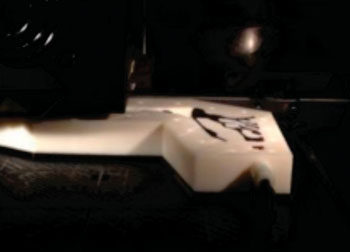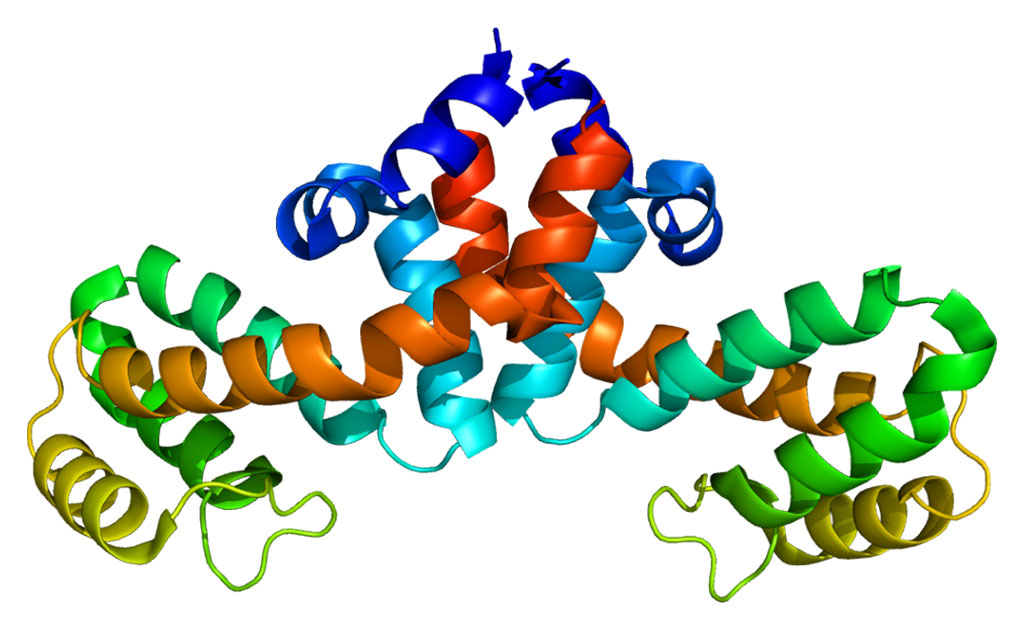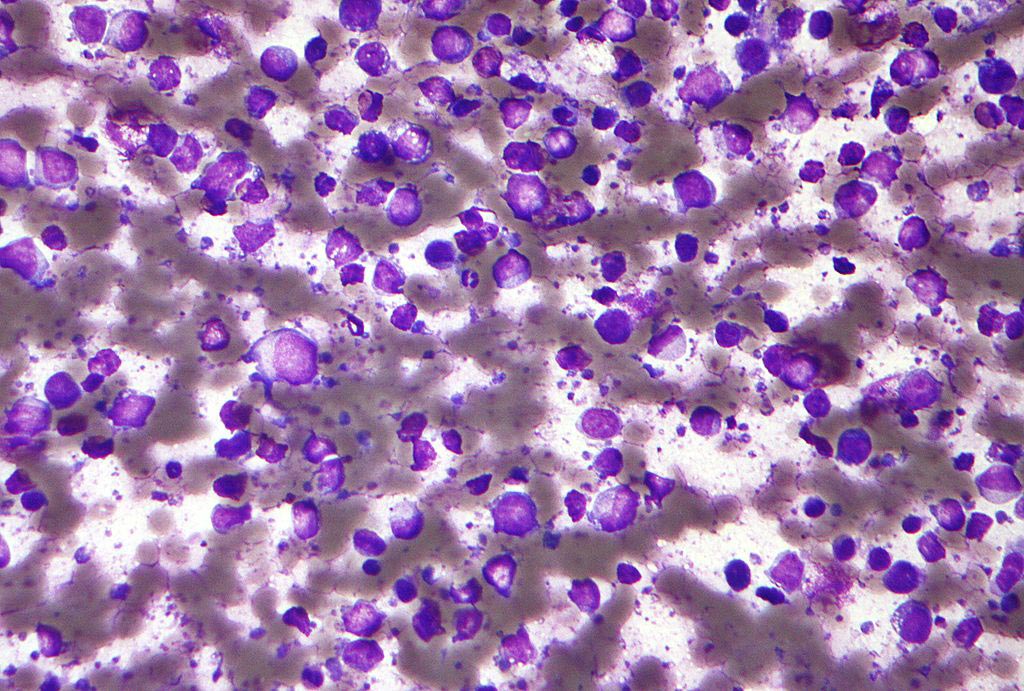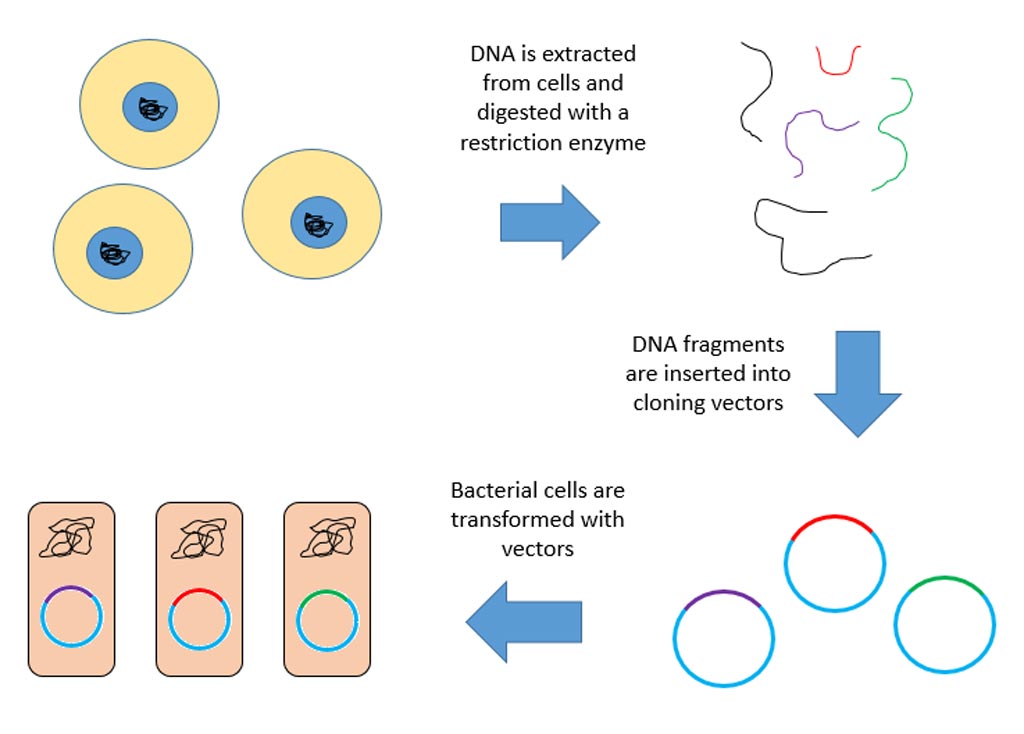The Structure of the Nasal Cavity Channels Food Smells into the Nose and Avoids the Lungs
By LabMedica International staff writers
Posted on 30 Nov 2015
Three-dimensional printing technology was used to create a model of the nasal cavity that enabled researchers to demonstrate why the smell of food goes into the nose rather than down into the lungs.Posted on 30 Nov 2015
Investigators at Pennsylvania State University (University Park, USA) obtained computed tomography (CT) images of the orthonasal airway of a healthy human subject. A schematic diagram was prepared from the CT scan, which was used as the template to print an experimental model using a three-dimensional printer. The investigators then analyzed the flow field inside the airway.

Image: A partially completed three-dimensional printed airway from nostril to trachea with fine structure of the nasal cavity showing (Photo courtesy of Dr. Rui Ni, Pennsylvania State University).
They reported in the November 9, 2105, online edition of the journal Proceedings of the National Academy of Sciences of the United States of America (PNAS) that during inhalation, the anatomical structure of the oropharynx created an air curtain outside a virtual cavity connecting the oropharynx and the back of the mouth, which prevented food volatiles from being transported into the main stream toward the lung. In contrast, during exhalation, the flow preferentially swept through this virtual cavity and effectively enhanced the entrainment of food volatiles into the main retronasal flow. Thus, the shape of the airway preferentially transferred volatiles to the nasal cavity, which enabled the individual to maximize the smell of the food.
"During quiet breathing, there is no valve that can control the direction of volatile transport," said first author Dr. Rui Ni, assistant professor of mechanical engineering, at Pennsylvania State University. "However, something must be controlling the movement of these particles and keeping them out of the lungs. Smooth, relatively slow breathing maximizes delivery of the particles to the nose. Food smells and tastes better if you take your time."
Related Links:
Pennsylvania State University




 assay.jpg)









